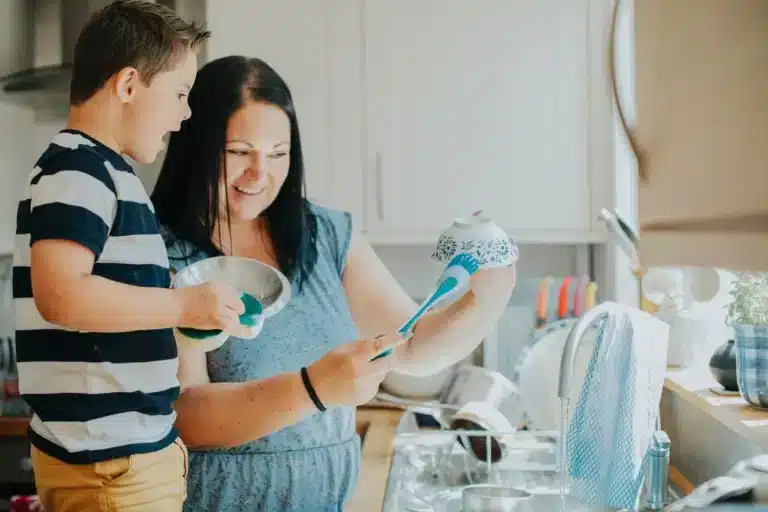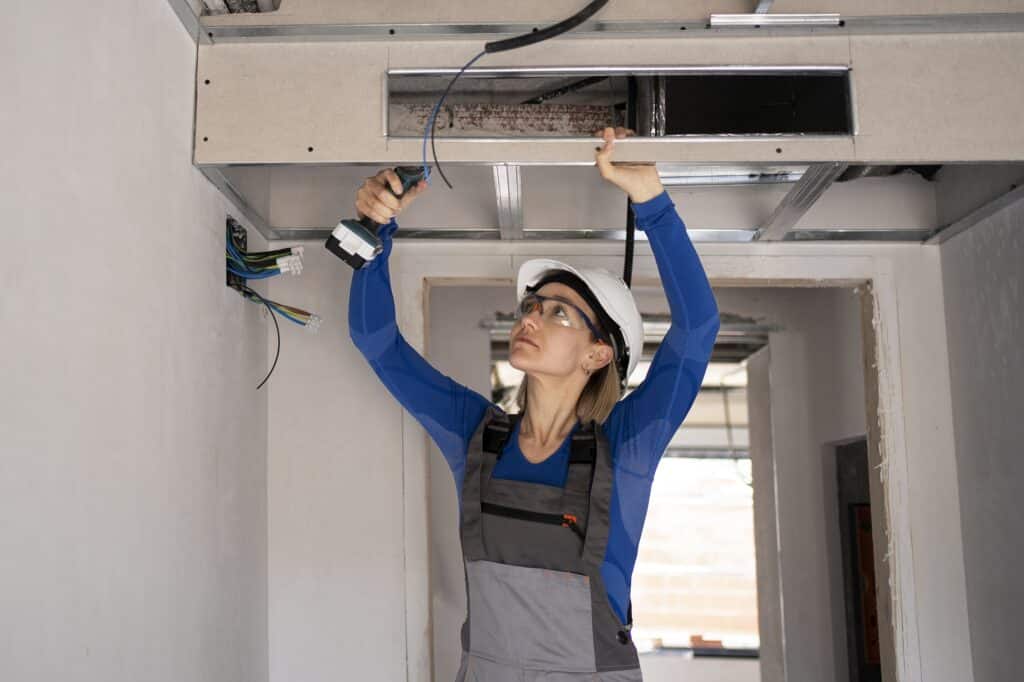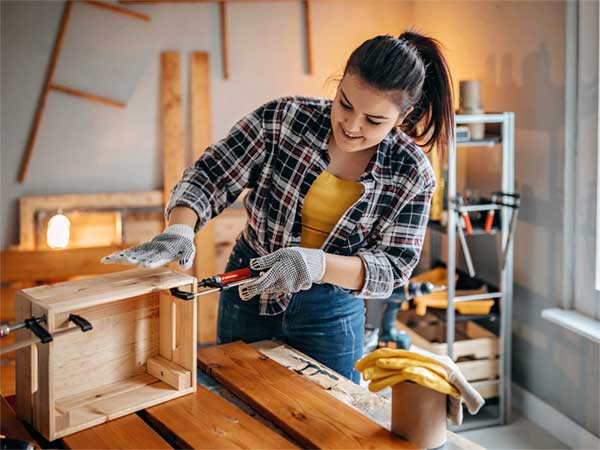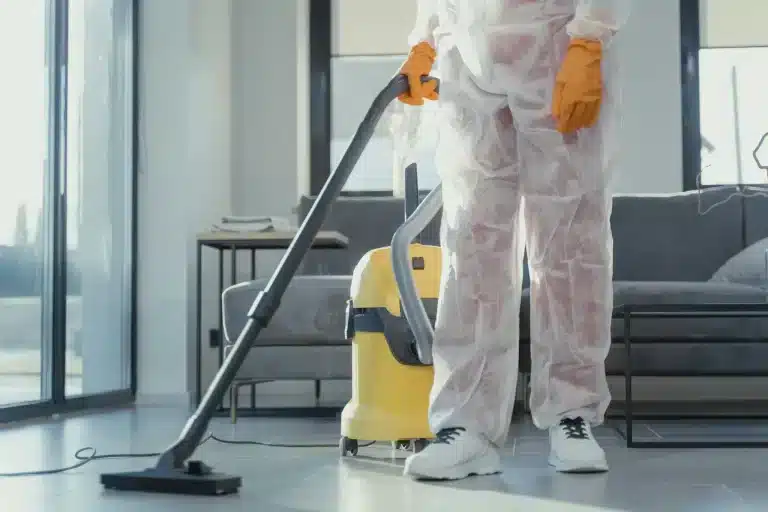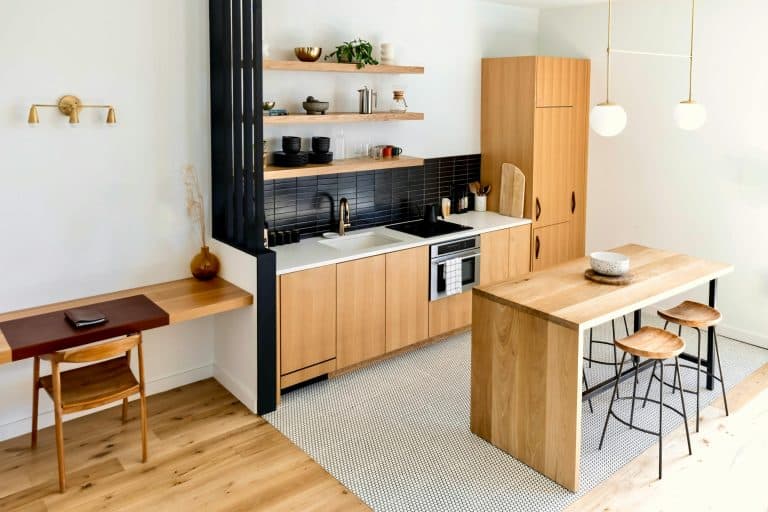Parents face countless responsibilities in today’s fast-paced world, from managing their children’s education and extracurricular activities to balancing work and family life. Amidst these duties, one crucial aspect often overlooked is the maintenance and safety of the home. The ability to handle basic DIY projects is not just a handy skill; it’s an essential component of modern parenting. Mastering these skills can significantly impact the family home’s safety, functionality, and overall well-being.
The Importance of Home Maintenance

A well-maintained home is fundamental to ensuring a safe living environment. Regular maintenance helps prevent minor issues from escalating into major problems, which can be costly and time-consuming to fix. For instance, a small leak in a pipe or congestion in ventilation for appliances might seem inconsequential, but if left unattended, it can lead to significant water damage, mold growth, and even structural issues. Parents who promptly address such problems can save their homes from disasters.
Moreover, regular upkeep of essential home systems—such as plumbing, electrical, and heating—ensures they operate efficiently. This extends the lifespan of these systems and reduces utility bills, contributing to financial savings. Being adept at DIY maintenance means parents can tackle these tasks without having to rely on professionals for every minor issue, fostering a sense of independence and control over their home environment.
Ensuring Safety Through DIY Skills
Safety is a paramount concern for any parent. A home filled with hazards can pose serious risks to children and adults alike. DIY skills enable parents to identify and mitigate these risks effectively. For example, understanding how to secure heavy furniture and appliances can prevent tip-over accidents, which are particularly dangerous for young children. Regularly checking and maintaining smoke detectors, carbon monoxide alarms, and electrical outlets can avert potential fire hazards.
DIY proficiency also means parents can childproof their homes more effectively. Installing safety gates, cabinet locks, and window guards are straightforward tasks that can significantly enhance a child’s safety. By taking these precautions, parents create a safer environment where their children can explore and play without constant supervision, reducing the risk of accidents.
Financial and Time Efficiency
Hiring professionals for every home repair or maintenance task can quickly become expensive. Basic repairs and upkeep often come with high service fees, which can strain the family budget. By acquiring DIY skills, parents can handle many of these tasks themselves, leading to substantial financial savings. Additionally, the ability to perform these repairs promptly means issues are resolved faster, preventing small problems from developing into larger, more costly ones.
Time efficiency is another critical advantage. Scheduling a professional can often take days, if not weeks, depending on their availability. Parents who can fix issues themselves can do so immediately, minimizing disruption to daily life. This promptness ensures that the home remains a comfortable and functional space for the family.
Building Confidence and Self-Reliance
Learning and applying DIY skills builds confidence and fosters a sense of self-reliance. Parents who can handle home repairs feel more empowered and in control of their living environment. This confidence can spill over into other areas of life, providing a sense of achievement and competence. It also sets a positive example for children, teaching them the value of self-sufficiency and problem-solving.
Moreover, involving children in age-appropriate DIY projects can be an educational and bonding experience. It allows parents to impart practical knowledge and skills that their children can carry into adulthood. This hands-on learning fosters a sense of responsibility and independence in children, preparing them for the future.
Getting Started with DIY Skills
The process can be enjoyable and rewarding for parents looking to develop their DIY skills. Here are some steps to get started:
- Build a Basic Toolkit: Equip your home with essential tools such as a hammer, screwdrivers, pliers, wrenches, a tape measure, and a level. These tools are the foundation of most DIY projects.
- Educate Yourself: Numerous resources are available to help you learn DIY skills. Online tutorials, instructional videos, and DIY books provide step-by-step guides for various projects. Many home improvement stores also offer workshops and classes.
- Start Small: Begin with simple tasks like fixing a leaky faucet, patching a hole in the wall, or replacing a light switch. As your confidence grows, you can tackle more complex projects.
- Safety First: Always prioritize safety. Wear appropriate protective gear, follow instructions carefully, and don’t hesitate to seek help if a project feels beyond your capability.
- Practice Regular Maintenance: Develop a routine for regular home maintenance checks. This includes inspecting plumbing, electrical systems, and major appliances and checking for potential hazards like loose handrails or damaged flooring.
Living as a DIY Handy-Parent
The ability to perform basic DIY projects is a vital skill set for modern parents. It ensures the home remains a safe, functional, and cost-efficient environment for the family. By mastering these skills, parents protect their homes and set a positive example of self-reliance and responsibility for their children. Embracing the world of DIY empowers parents to create a secure and nurturing home, reflecting the true essence of responsible parenting.

